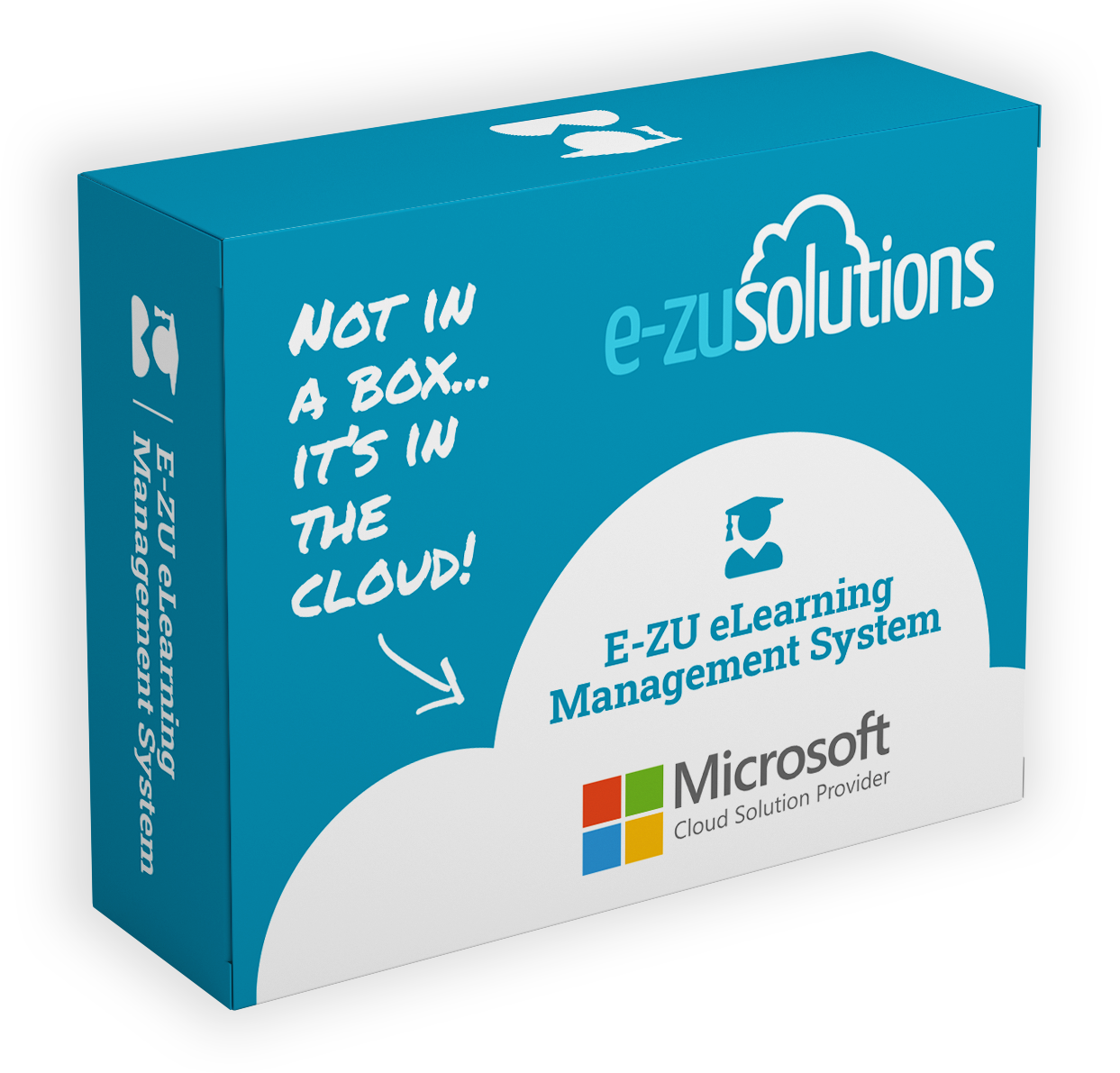Top 8 eLearning Statistics for 2021

Top 8 eLearning Statistics for 2021 That You Need to Know
As the eLearning industry continues to expand, it offers an ever-increasing choice of eLearning tools to organisations, governmental bodies, and individuals. Its combination of lower costs, combined with high convenience and accessibility are transforming eLearning into the predominant educating force across the world in the 21st century. While it won’t come as any surprise that the eLearning industry is growing and evolving, the precise nature of that change can be difficult to perceive without the aid of some hard data. In this article, we’re going to take a look at 8 of the top eLearning statistics of 2021 and unpack what they mean for the future.
1. The Global eLearning Market Will Reach £258 Billion by the Year 2025
The global eLearning market was worth an impressive £85 billion in 2015. By 2025, however, Research and Markets believe that it will reach a staggering total market value of £258 billion. The reasons for this explosion in value come on the back of several main drivers: the need to educate vast numbers of people at low cost, the falling price of learning solutions, the needs of the modern workforce to engage in life-long learning, and the fact that learning through an internet portal is often more convenient than classroom training.
2. Comprehensive Training Programs Lead To A 218% Higher Revenue Per Employee
Deloitte, a professional services and research company, estimates that the average employee needs to dedicate around 1% of their time per week to training. Doing this, according to Deloitte, enables the worker to stay up to date with best practices and developments in their industry. 1% of the working week isn’t much time at all. It translates to 24 minutes per week or 4.8 minutes per day, assuming a 5-day working week. Arranging 4.8 minutes of training per day face-to-face would be impractical. But thanks to “microlearning”— a popular buzzword in the eLearning industry—companies can now take this approach. What’s more, microlearning may be even more effective than regular learning because people are better at absorbing lots of small chunks of information than they are a few larger ones. You can imagine a worker sitting down at their desk in the morning, taking a five-minute eLearning class, and then carrying on with the rest of their work for the day.
3. Figures From An Open University Study Suggest That eLearning Uses 90% Less Energy & 85% less CO2
It should come as no surprise that eLearning is a far greener and more efficient method of training than face-to-face. Figures from an Open University study suggest that eLearning cuts energy consumption by 90% and slashes CO2 by more than 85%. eLearning courses are, therefore, an essential pillar in the global fight against climate change. The world needs a new generation of people with the intellectual and educational capacities to take on the challenges of tomorrow. Building that capacity takes energy, but it could be a lot less if there’s greater use of eLearning courses, especially among educational institutions and companies. Cutting carbon dioxide emissions is a priority for companies and educational institutions. Companies, in particular, need to protect the environment to make sure that they have a functioning, wealthy customer base to buy their products in decades to come. Climate change puts that at risk.
4. For Every Pound Spent On eLearning, Companies Make Back £30 In Productivity
Productivity isn’t just crucial to company bottom lines—it’s vital for our economy as a whole. The higher it is, the more output that each person can generate using a given amount of input—something that ultimately drives higher living standards. If the product is software and the input is programmer time, then higher productivity would mean writing more software for a given amount of programmer time. IBM found that even though eLearning was costly, it led to substantial improvements in productivity. For every dollar spent, the company claims that it saw £30 in increased productivity. It wasn’t just a function of workers being able to return to their desks faster, either. IBM showed that productivity gains came from the ability of employees to apply their newly acquired skills straight away. It’s important to be able to apply newly-learned skills quickly in any role.
5. 72% of Organisations Believe That eLearning Puts Them at a Competitive Advantage
Given what we’ve discussed so far, it shouldn’t come as a surprise that 72% of organisations believe that eLearning puts them at a competitive advantage. eLearning is a flexible tool that firms can use to provide them with educational support when they need it. Keeping employees apprised of changes in the market is a significant challenge for many enterprises. Modern business practices move rapidly, and sometimes it’s difficult for employees to keep up. Firms, therefore, need ways of quickly plugging knowledge gaps, as and when they occur. Managers need flexible training resources that they can use to help employees get their heads around new material or working practices. Companies that can develop their employees in real-time achieve a competitive edge over their rivals.
6. Actively Engaged Workforces Deliver 2.6x More Earnings-Per-Share Than Their Unengaged Counterparts
Companies are sometimes reluctant to train their workers because of the perceived negative impact that it will have on their earnings per share. But the data does not bear this out. Actively engaged workforces deliver 2.6 times the earnings-per-share growth of their unengaged counterparts. The effect of human capital in firms is real. Making shareholders aware of the value of training remains an important objective of company management. Senior executives need to make the case that the more they invest in education, the higher rewards for everyone in the organisation, not just employees who could take their skills elsewhere. eLearning also delivers higher levels of overall worker satisfaction. The performance of organisations increases when their employees feel happy.
7. Spending £1,200 Per Employee on Training Per Year Improves Profit Margins by 24%
The notion that a training program could lead to a threefold increase in the revenue per employee seems a little far-fetched. But this is no idle finding, it’s the conclusion of the American Society for Training and Development after a study of more than 2,500 firms. It was a serious study. Companies that offered comprehensive training across a range of subjects experienced dramatically improved revenues compared to those that didn’t. And it wasn’t just revenues that were higher either. Data suggests that when employers spend £1,200 per employee per year on training, they achieve improvements in profit margins of around 24%. Investing in the knowledge capital of a company, therefore, is just as important as investing in the physical capital. Traditionally, companies have been reluctant to train their employees. Most managers know that investing in people yields positive returns, but few are aware of the fact that eLearning affects both the numerator and the denominator of the calculation of the performance. eLearning is more effective than most managers believe at boosting the revenue or profit per employee (the numerator) and it’s also less costly than commonly perceived (the denominator), increasing the total return per unit spent. This can be accomplished easily if the company opts for a value for money LMS.
8. The eLearning Market Is Now More Than 21 Years Old
While the first computerised training courses were developed in the 1960s, it wasn’t until the advent of the internet that the eLearning industry took off. One of the pioneers in the space was the Open University, which wanted to find ways of using the World Wide Web and computers to provide remote learning experiences. The Open University imagined a world in which you could craft learning experiences in software (tailored to your specific needs) and then sell them over the internet for a fee. However, early attempts mostly fell flat because most of their customers didn’t have home computers. By the 1980s, Apple had released the Mac and PCs were finally finding their way into homes and company offices. Suddenly, there was an opportunity to use computers to deliver training materials. By the late 1990s, some companies and educational institutions were offering courses online, and the modern era of eLearning had begun. Distance learning suddenly became a real possibility thanks to the radical cost declines that internet-enabled learning delivered. The 2000s saw an explosion in companies using eLearning to train their employees. Suddenly, firms were able to provide on-boarding courses for new employees and provide top-ups for those who had been with the firm for a lot longer, all at low cost. Employees could take their training home with them or do it at the office. eLearning gave both managers and employees much-needed flexibility.
So, in summary, what have we learned? We’ve discovered that the eLearning industry is growing fast and will continue to expand substantially over the coming years. eLearning is not only popular in the private sector and educational establishments, but the government too. It’s greener than traditional modes of education and is an excellent way for companies who want to attract and retain talent and offer affordable training. And it provides a scalable platform that organisations can use to deliver consistent training across the globe. eLearning is, therefore, a trend for the future and something that you’ll want to watch closely throughout 2021 and beyond.
—
E-ZU eLearning Management System
An all-in-one cloud solution built to inspire learning and fuel workplace productivity.
Our next-generation platform delivers tailored, up-to-date training content across a range of business-critical topics, via an extensive course library of over 5,000 videos, and the ability to add your own custom channels and content.
It’s simple to use and comes packed with powerful tools to manage training and track development, to increase learner engagement (with in-built gamification), and build a sense of community across your workforce – all under an affordable per-user/per-month pricing model.
Find out more about the E-ZU eLearning Management System




